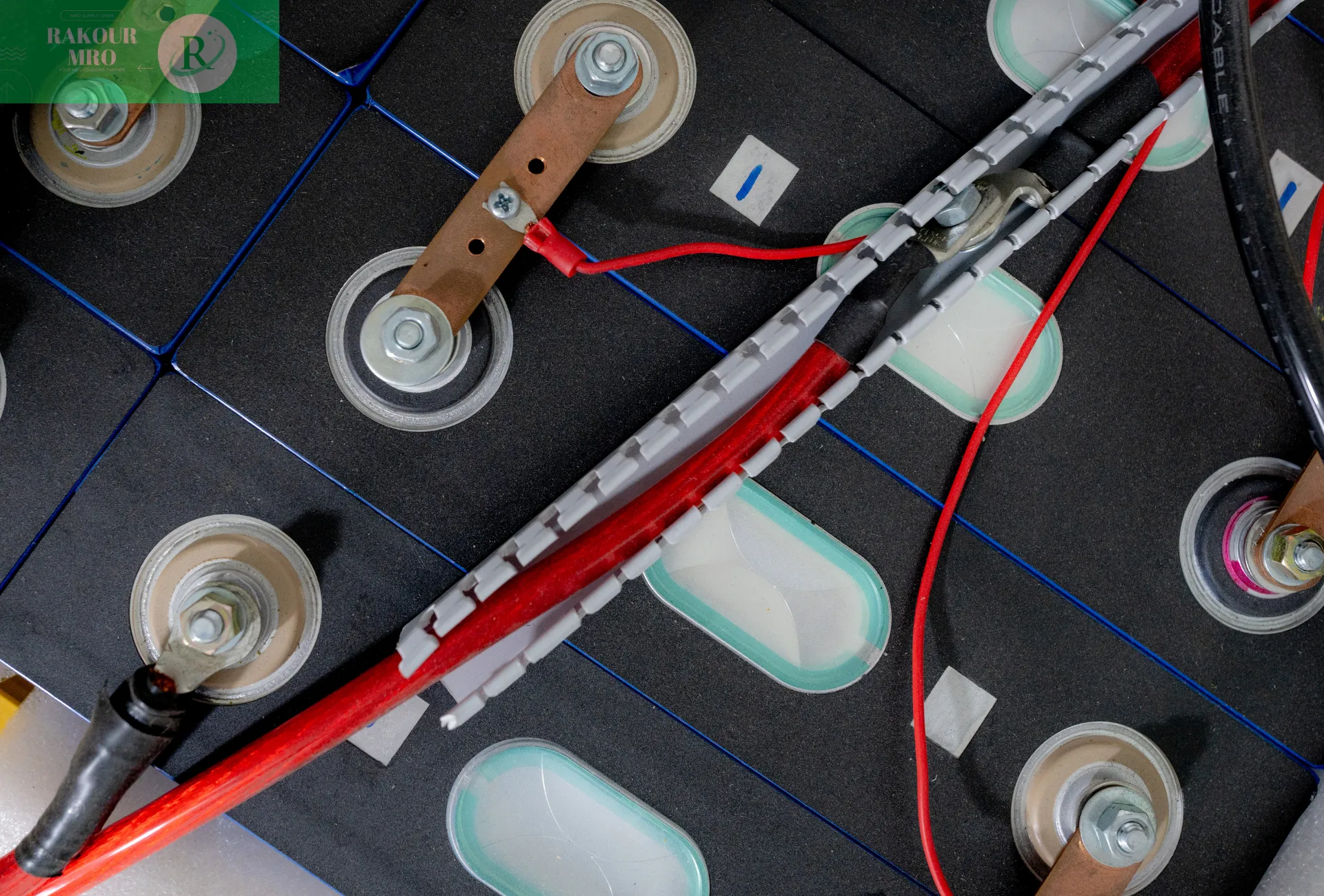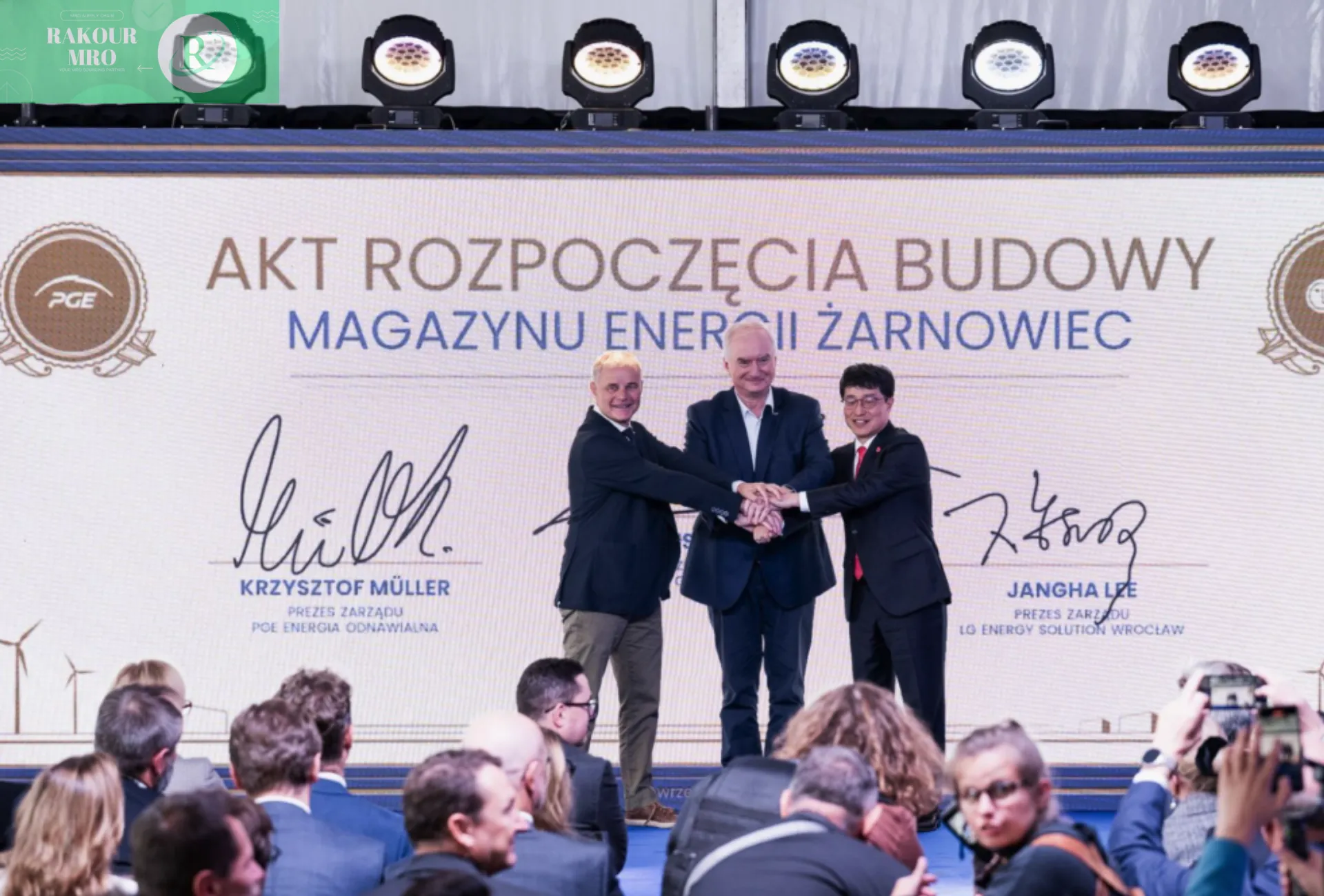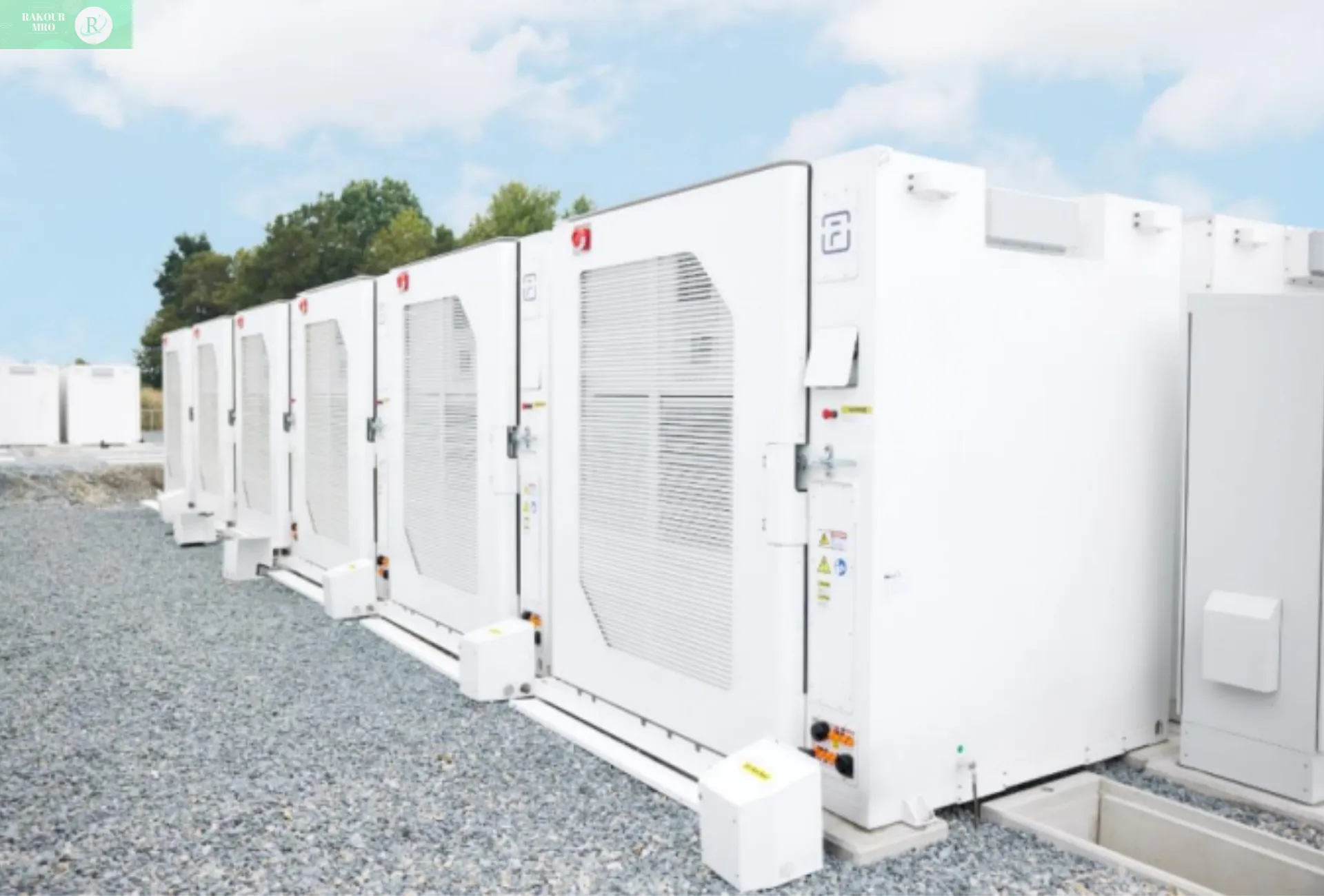The selection and design of battery cells must first be converted into battery cell design and development requirements based on input information such as the power battery system performance requirements.
Basis for cell selection
The selection and design of single-cell batteries mainly consider the following aspects:
The application types and characteristics of electric vehicles, especially the differences in the demand for power batteries of different types of electric vehicles;
The differences in the characteristics of power batteries themselves include power battery product performance, safety, product technology and process maturity, product price, capacity assurance capacity, and environmental protection factors.
Capacity design selection
Monomer capacity: Not only related to the battery type, but also to common production specifications. Therefore, the process of selecting battery cell monomers is: the process of determining the monomer capacity, the main considerations are:
1) Maturity of battery cell technology
Priority is given to typical capacity specifications that have been mass-stable. The newly developed battery cells need to consider their technical feasibility and production process maturity, otherwise it will be difficult to ensure the consistency of the battery cells.
2) Safety of single-cell batteries
The larger the capacity of a single battery, the more heat generated during the charging and discharging process, the more difficult it is to dissipate heat, so the more difficult it is to ensure the safety of the battery cell.
3) Limitations on the installation location and space of the entire vehicle battery
New energy electric vehicles must strike a balance between passenger space, payload capacity, and battery installation space. Typically, the battery pack is placed within the vehicle chassis, subject to numerous constraints. Consequently, the battery pack's envelope limits the shape and size of the individual cells.
For some compact electric vehicles, smaller cylindrical battery cells are preferred to make better use of the vehicle's irregular space.
4) Consider the difference between the total energy and the design capacity after the series and parallel combination of single batteries
If the selection is based on existing cells, since the cell capacity is fixed, the total energy after grouping may be different from the required total energy of the battery pack. Therefore, when selecting a single cell, it is necessary to determine the most appropriate capacity specification through precise calculation.
Series-parallel combination optimization: When selecting single cells, precise calculations are required to determine the most appropriate capacity specifications.
Example: The total energy requirement of the battery pack system is 50kWh, and the cell capacity is 100Ah (lithium iron phosphate, nominal voltage is 3.2V)
Then, the number of single cells required is approximately 50×1000/(3.2×100)=156.25, so take 156.
Single cell battery selection and capacity design example
The case study is from the book "Design and Manufacturing Technology of Electric Vehicle Power Batteries". Since the book was written earlier, some parameters such as energy density are no longer suitable for the current industry general values, but this does not affect the selection and capacity design of single cells.
Under certain comprehensive operating conditions, the performance parameters of the battery system for a pure electric passenger vehicle with a driving range of up to 300km are shown in the table above.
Based on the design requirement of a vehicle range of ≥300km, the target speed, and the energy consumption per mileage, the total energy of the power battery system must reach 55kWh (usable energy 46kWh). When the rated operating voltage of the motor and controller is 350V, the total system capacity and available capacity can be calculated as follows:
Therefore, there are six options for cell capacity design or selection as shown in the following table:
According to the power battery system performance requirements, the power battery energy density is ≥120Wh/kg and the total weight is ≤460kg. Using ternary battery (rated voltage 3.65V), the number of cells connected in series can be calculated as follows:
The optional series connection schemes and system voltage parameters for the battery cells are as follows:
Based on the battery system peak power to total energy ratio (P/E) of approximately 4, it can be seen that energy-oriented single cells should be selected. Calculated based on a system integration efficiency of approximately 60%, the specific energy of the single cell should be no less than 200Wh/kg.
P/E=4: The system peak power is 4 times the total energy, which is a partial energy type battery (typical value 3-5), suitable for scenarios with high energy density requirements and medium power requirements (such as urban commuting electric vehicles
P/E: reflects the balance between the battery system's power output capability and energy storage capability.
System integration efficiency (η): the ratio of the actual available energy of the battery system to the theoretical total energy of the single battery.
The main sources of loss are: BMS power consumption (about 2%), thermal management (10%-15%), circuit loss (3%-5%), SOC window limitation, etc.
Based on the battery system service life (10 years or 240,000 km) and cycle life (800 times) requirements, a 20%-30% life margin is reserved. It is expected that the cycle life of the single cell battery should be no less than 1,000 times (capacity retention rate ≥ 80%).
Based on the battery life, calculate the total energy demand of the system:
formula:
For example: 300km of driving requires 15kWh/100km×3=45kWh (total energy), and the available energy is 45×0.9=40.5kWh.
Due to the differences in the average daily driving range requirements of different user groups and factors such as policy drivers at different stages, the vehicle’s pure electric driving range at different times also has different design requirements, such as 150 km, 200 km, 250 km, 300 km, 400 km and 500 km.



















